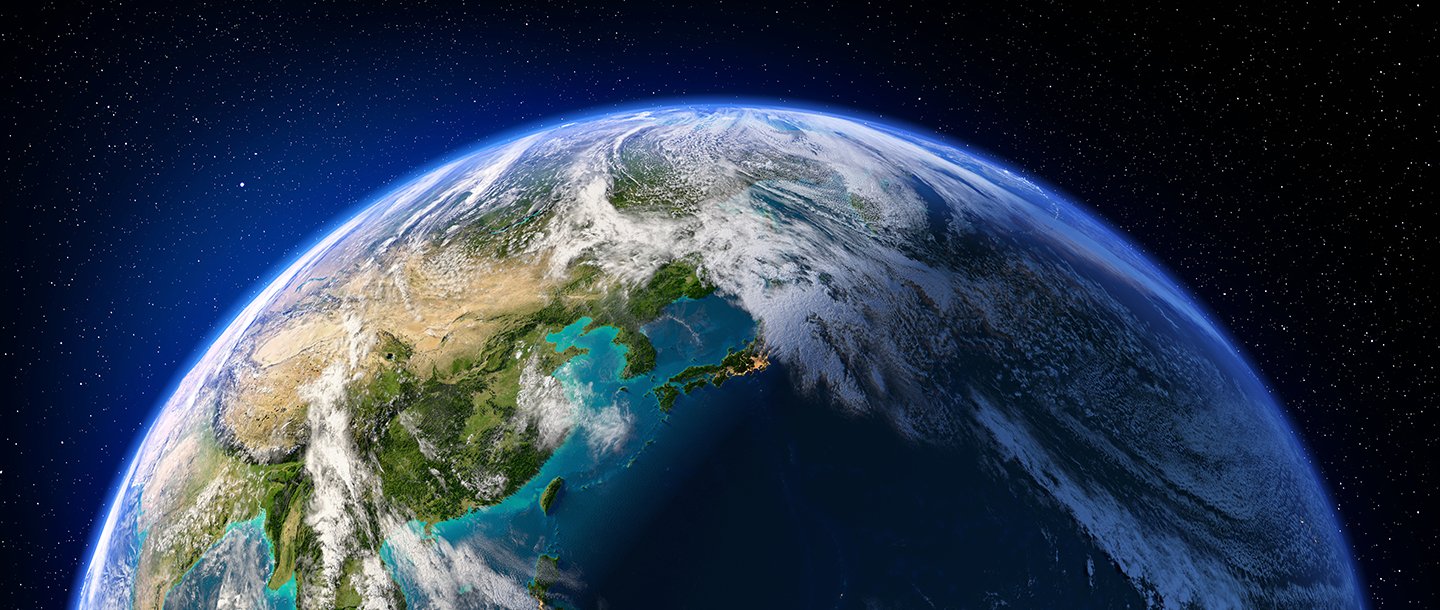More than 90 percent of the world’s children breathe toxic air every day, according to the World Health Organization. Tragically, many of them die before the age of 15 because of respiratory infections.

What’s causing this? In low- and middle-income countries it’s common for homes to burn polluting fuels for cooking, heating and cleaning. These fuels include kerosene, wood, charcoal, crop waste and animal dung.
Access to clean, affordable and reliable energy is central to solving health issues in developing countries, according to many sources. At Williams we believe the abundant supplies of natural gas that the United States enjoys so much can offer benefits to the rest of the world.
Not only is natural gas a clean and efficient way to heat a stove and warm a house, it is used to generate electricity on a very large scale. It’s also a great partner with renewables because a reliable power grid (made possible by natural gas) supports investments in intermittent renewables like wind and solar.
The United States sends natural gas overseas to countries through a process called liquefaction. At terminals on the coast natural gas is chilled to liquid form known as liquefied natural gas or LNG. This LNG is then transported on ocean-going vessels. Once it reaches its destination it is returned to gas form so it can be shipped by pipeline to end users.
As the top provider of natural gas to LNG export facilities in the United States, Williams is proud to be part of this global energy solution. LNG shipments allow the environmental benefits of natural gas to be shared around the world, helping reduce toxic emissions while supporting economic growth.
